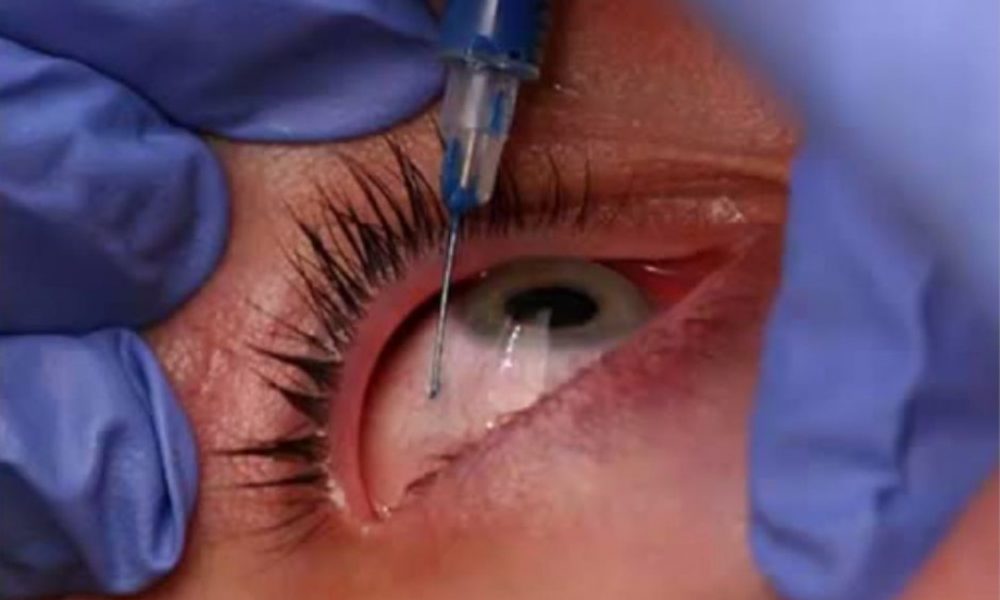LASIK Eye Surgery
Posted: October 12th, 2018, 4:00 am

LASIK is the abbreviation for laser in-situ keratomileusis. It is a commonly performed surgery to correct refractory errors and restore a near to glasses free vision in people who are nearsighted, farsighted, or have astigmatism (1).
Though the excimer laser had been used for many years before, the development of LASIK is generally credited to Ioannis Pallikaris from Greece around 1991(2).
Procedure – Anesthetic drops are used that numb the surface of the eye. The patient is in awake state throughout the entire procedure. LASIK may be done on one or both eyes during the same session (3)
In this procedure, a highly specialized laser (excimer laser) alters the shape of the cornea, which is the transparent front covering of the eye thus a flap of corneal tissue is created. This flap is then peeled back so that the excimer laser can reshape the corneal tissue underneath. A hinge on the flap prevents it from being completely separated from the cornea.
A common and safer method utilizes different type of laser (femtosecond) to create the corneal flap. The amount of tissue the laser will remove is calculated ahead of time. Once the reshaping is done, the surgeon replaces and secures the flap. No stitches are involved. The cornea will naturally hold the flap in place (3).

